Overhwhelmed by lighting..need some direction
Aims
9 years ago
Related Stories
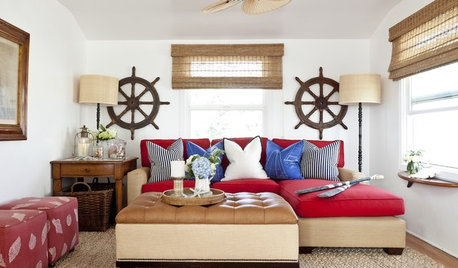
COASTAL STYLESpin That Ship Wheel in a Different Style Direction
If overdone nautical kitsch has left you soaked, try these subtler and sophisticated looks for your captain's wheel
Full Story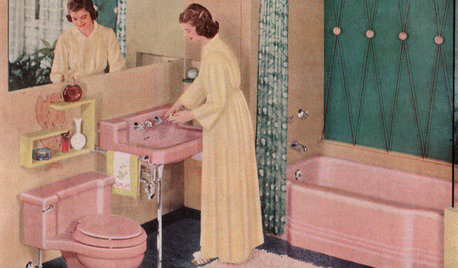
MOST POPULARHomeowners Give the Pink Sink Some Love
When it comes to pastel sinks in a vintage bath, some people love ’em and leave ’em. Would you?
Full Story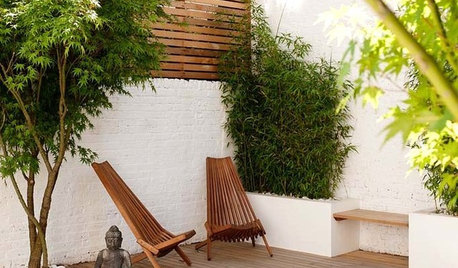
GARDENING AND LANDSCAPINGGive Your Compact Patio Some Major Style
11 ideas and examples to take your outdoor room from snoozefest to stellar
Full Story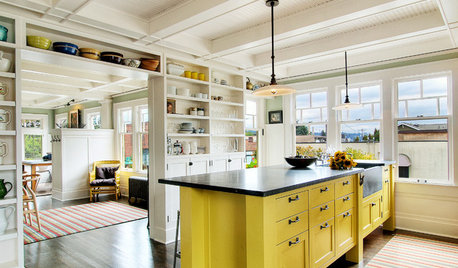
KITCHEN DESIGNHow to Lose Some of Your Upper Kitchen Cabinets
Lovely views, display-worthy objects and dramatic backsplashes are just some of the reasons to consider getting out the sledgehammer
Full Story
HOUSEPLANTSPlay Up Some Fiddleleaf Figs for a Lively Indoor Tune
Strike a dramatic chord in a minimalist scene or a country note in a rustic setting — fiddleleaf fig plants harmonize with any style
Full Story
GREEN BUILDINGLet’s Clear Up Some Confusion About Solar Panels
Different panel types do different things. If you want solar energy for your home, get the basics here first
Full Story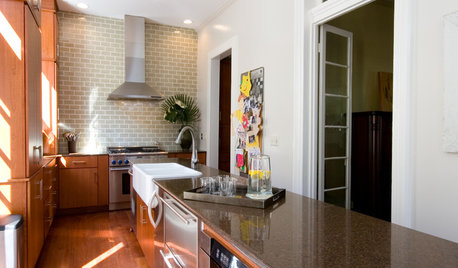
CEILINGSCeiling Fans: Some Spinning Sensations
How to Match Your Fan With Your Space and Keep Cool in Style
Full Story
EXTERIORSCurb Appeal Feeling a Little Off? Some Questions to Consider
Color, scale, proportion, trim ... 14 things to think about if your exterior is bugging you
Full Story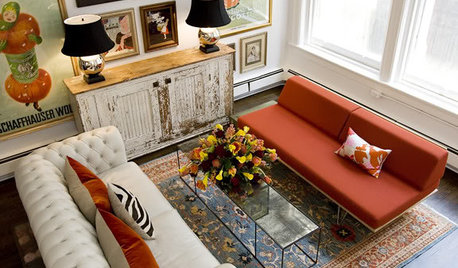
DECORATING GUIDESFeel Free to Break Some Decorating Rules
Ditch the dogma about color, style and matching, and watch your rooms come alive
Full Story





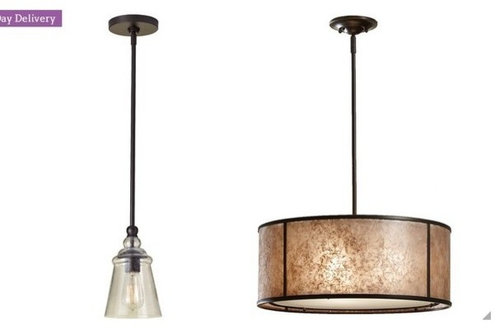
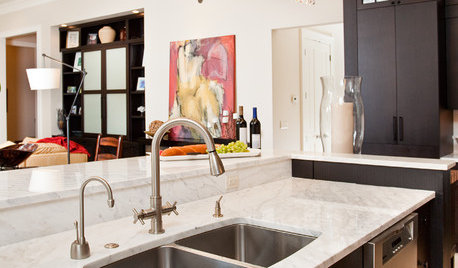




amberm145_gw
musicgal
Related Professionals
Lafayette Architects & Building Designers · Buena Park General Contractors · Jacinto City General Contractors · Markham General Contractors · Mount Laurel General Contractors · Mount Prospect General Contractors · Rosemead General Contractors · Saginaw General Contractors · Statesboro General Contractors · Tyler General Contractors · Waterville General Contractors · West Mifflin General Contractors · Westchester General Contractors · Williamstown General Contractors · Williston General ContractorsAnnie Deighnaugh
autumn.4
Oaktown
chispa
thisishishouse
dylanursula
Annie Deighnaugh
AimsOriginal Author
virgilcarter
ontariomom
amberm145_gw
Annie Deighnaugh
ontariomom
amberm145_gw
mommytoc
ontariomom
lizzieplace
Bungalow14
Annie Deighnaugh
zippity1
Kathy Harrington
mrspete
mdln